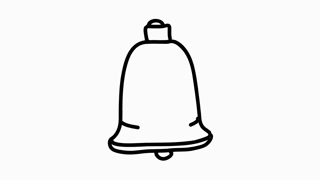In the first part of the book
Drive, we learned about what motivation is. The second part of the book covers three pillars of motivation: autonomy, mastery, and purpose.
Autonomy is the desire to direct our own lives. Pink argues that humans are naturally wired to be self-driven. He talks about how infants and children are very curious and are driven internally without the presence of a reward. But as we grow up, these drives begin to go away because we choose to accept the pressures that are in our schools, families, and other factors of our life. In this section, I learned that
"autonomous motivation involves behaving with a full sense of volition and choice, whereas controlled motivation involves behaving with the experience of pressure... demand towards specific outcomes that comes from forces perceived to be external to the self"(Pink). It's a long quote, but I believe it holds a lot of value. Autonomy is more of a choice in having control of your learning, and it's different from independence. It's not a go-it-alone thing. You can have influences over your life that may shape your learning but as long as you acting with a choice by directing your life, you are autonomous. The opposite of autonomy is control.
Control leads to compliance; autonomy leads to engagement. When students are engaged in the work, it leads to mastery.

Mastery is when people want to better their skills or knowledge and have a sense of fulfillment when they do. In drive, I learned mastery is a mindset. Some people believe that others are born with a natural ability, like intelligence or being athletic and you don't get better with work. This is a fixed mindset. To become successful, you need to have a growth mindset where you don't think abilities are set and can change if you put the work in.
Believe in yourself. Autonomy and mastery are the how and what, the last pillar is purpose which is the why.

Purpose provides context for the other pillars. Without purpose, there isn't a direction to go in. A quote I liked from psychologist Mihaly Csikszentmihalyi is
"Purpose provides activation energy for living." It's true that autonomous people can work towards mastery at a very high level. But how long will that last? Pink argues that when people are in service of some greater objective, they can achieve more.
As educators, it's important to recognize these three pillars of motivation. Some takeaway questions that I came up with are:
1. Do students have a choice of what they learn?
2. Are students seeking to improve?
3. Why is what they are doing is important?
I hope that by asking these questions, I will be able to see if my students are motivated or what drives them.


































